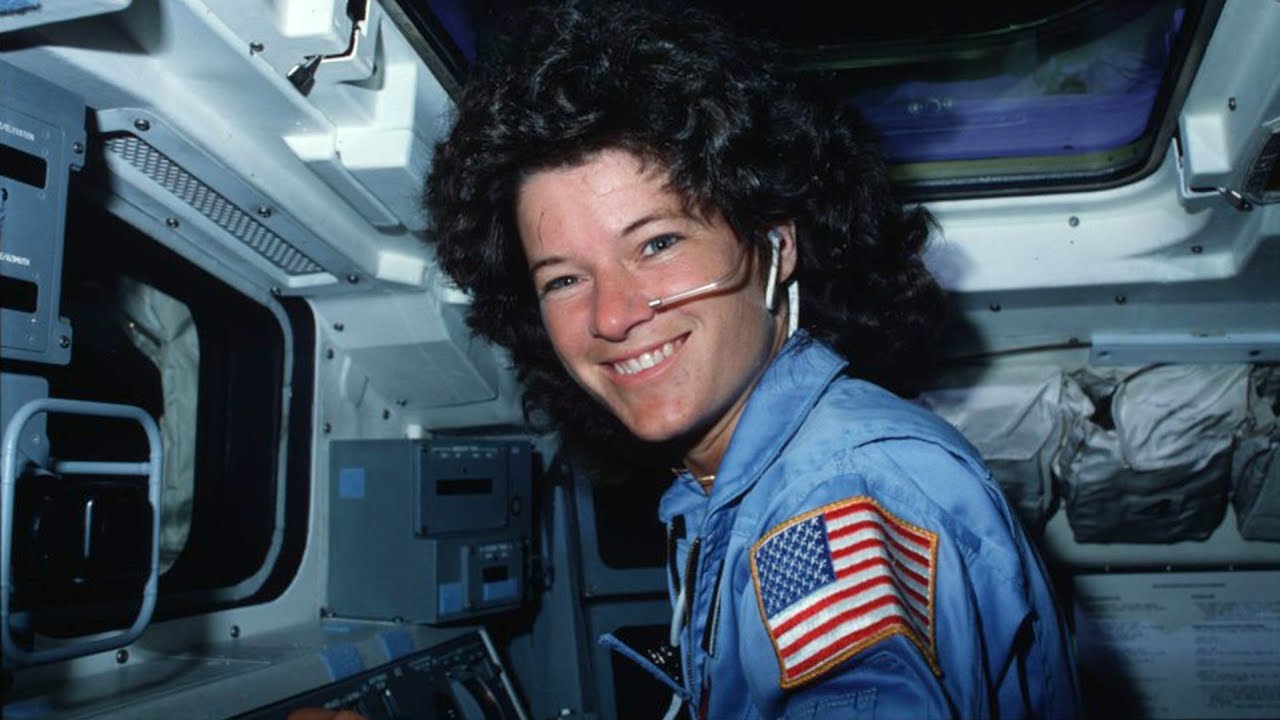
In 1983, Sally Ride became the first American woman to go into space when she flew on the space shuttle Challenger. But Ride's history-making journey was not the only barrier she broke during her lifetime on this planet. After growing up playing sports and competing in national junior tennis tournaments, Ride turned her attention to science once she got to college, eventually beating out 1,000 other applicants for a spot in NASA's astronaut program.
Aboard the Challenger, she served as a mission specialist, helping to deploy satellites and working on other projects. She served onboard for one more mission and remains the youngest American astronaut to have traveled to space. After leaving NASA, Ride continued helping young women and girls foster an interest in science. Until her death in 2012, she worked at Stanford University, the California Space Institute, and even started her own company called Sally Ride Science. She also wrote seven children's books with space exploration themes. As a pioneering astronaut, Ride received numerous awards throughout her lifetime and after. In 2013 she was posthumously awarded the Presidential Medal of Freedom, America's highest civilian honor.
It was at Stanford University that Ride found her footing as a scientist. Following a brief foray into professional tennis, she transferred into Stanford in 1970. She played tennis for the school, becoming the team's top women's singles player, and was nationally ranked. Urged by tennis icon Billie Jean King to quit college and become a professional tennis player, Ride opted to focus on her classes instead. In 1973 she received a Bachelor of Science degree in physics and a Bachelor of Arts degree in English. Furthering her studies at Stanford, she obtained a Master of Science degree in 1975 and a Doctorate in physics in 1978. Astrophysics and free electron lasers were her specific areas of study.
After retiring from NASA in 1987, Ride returned to her alma mater to spend two years as a science fellow at Stanford’s Center for International Security and Arms Control. More recently, the university has made some significant gestures honoring the legacy she left behind. In 2013, the Stanford School of Engineering named Ride a Stanford Engineering Hero—a prestigious honor bestowed on a Stanford alum who has benefited humanity through engineering and science. Then in 2019, the astronaut’s name once again rung out on campus when university leaders announced that one of their main student housing complexes would be renamed the Sally Ride House, serving as a powerful example of what future Stanford students, both men and women, can achieve.
